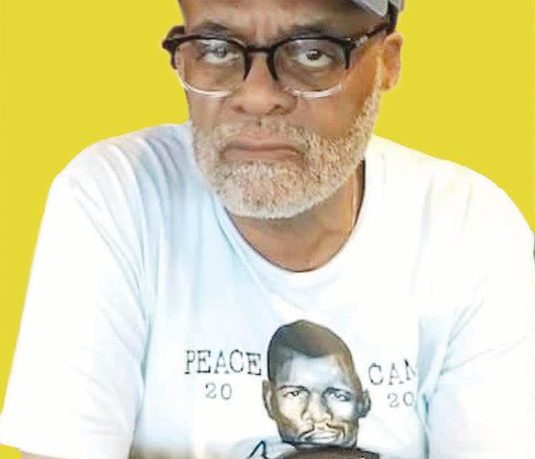By Ralph E. Moore Jr.
With the recent death of retired Pope Benedict XVI, some little-known history of Black occupants of the papacy comes to mind.
That history tells us there were three Black popes in Catholic Church history: Pope Victor I who headed the church from 189 A.D. to 199 A.D., Pope Miltiades (311 A.D. – 314 A.D.) and Pope Gelasius who served between 492 and 496 A.D.
Incidentally, all three popes have been declared saints (the prohibition based on race seems to be only against African Americans from the United States). Their reins were briefer than contemporary popes, perhaps because life expectancy was shorter then.
The three Black Popes were all profound individuals.
Pope Victor I, for example, declared that Easter must only be celebrated on a Sunday and dictated that anyone who disagreed or disobeyed would be accountable to him and would be ex-communicated. In Asia, in particular, with no fixed date for Easter, especially in the East –it was celebrated in those days on the 14th day after the full moon– but on different days in various countries. Pope Victor asserted his papal authority ending the confusion and controversy over when to celebrate Easter with his decisiveness. Also, it was he who directed that Mass be said in Latin by all in the church henceforth, as opposed to the vernacular of the time, Greek.
Annually, Pope Victor I is celebrated by Catholics on July 28.
Pope Miltiades has a reputation in history as an excellent leader and pope. During that time, Christians were being persecuted. He got the Roman Emperor Galerius, who ruled from 305 to 311 A.D., to sign an edict of toleration ending the persecutions and allowing Christians to believe and act publicly in their faith. He was the last pontiff to be buried in a catacomb –an ancient Roman underground cemetery and hiding place– where spaces are set back for individual tombs. Pope Miltiades is remembered and celebrated by Catholics every year on Dec. 10.
The last Black pope, Gelasius, was born in Rome to African parents. Gelasius was widely known as a prolific writer and a very strong advocate for charity and justice for the poor. He required that all bishops donate 25 percent of their revenue to charity. He said, “nothing is more becoming to the priestly office than the protection of the poor and weak.” The feast day of Pope Gelasius is usually held on Nov. 21.
“More should be known about these three African Popes,” said Bishop John Ricard, SSJ, a Josephite priest, retired bishop and currently the Superior General of the Josephite order. “They were all consequential. They were very important to the life of the church and yet more work remains to be done about getting the word out about them.”
There are currently 14 retired African popes, all were potentially able to elect or be chosen to be pope.
Pope Francis elevated two Africans as cardinals in 2022, Bishop Peter Okpaleke of Nigeria and Bishop Richard Kuula of Ghana. Yet over the years, there was one African cardinal whose name turned up most frequently as a possible candidate to be elected pope.
Cardinal Francis Arinze, of Nigeria, for years, was eligible to be pope. He is very highly respected, but the question remains, “Would he be accepted in the United States and other parts of the world with a history of White supremacy– even in these modern times?”
“It is with great sadness that the Society of Saint Joseph of the Sacred Heart (The Josephites) have received the news of the death of Pope Benedict XVI,” said Bishop John Ricard, SSJ, first Black Catholic Bishop in the Archdiocese of Baltimore and the current Superior General of the Josephites. “We join the rest of the Catholic world in commending his soul to God, who he served so well as the head of the universal church. May he rest in peace.”
Long live Pope Francis and may he be followed one day by the fourth Black Pope in Catholic Church history, whomever that may be.
Help us Continue to tell OUR Story and join the AFRO family as a member –subscribers are now members! Join here!



